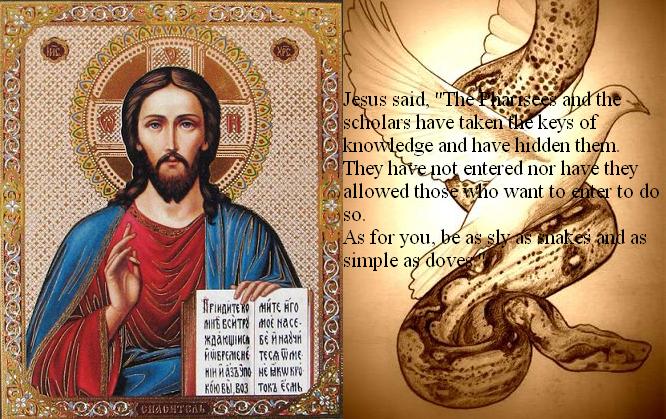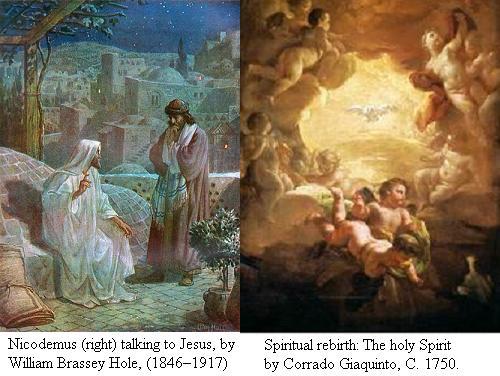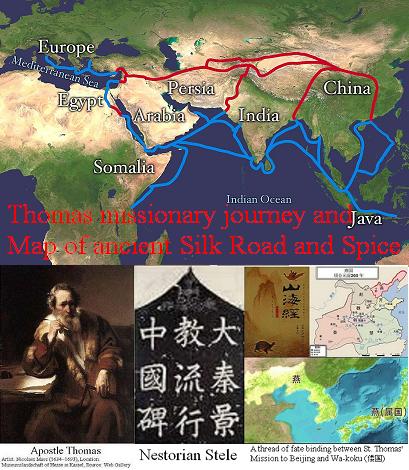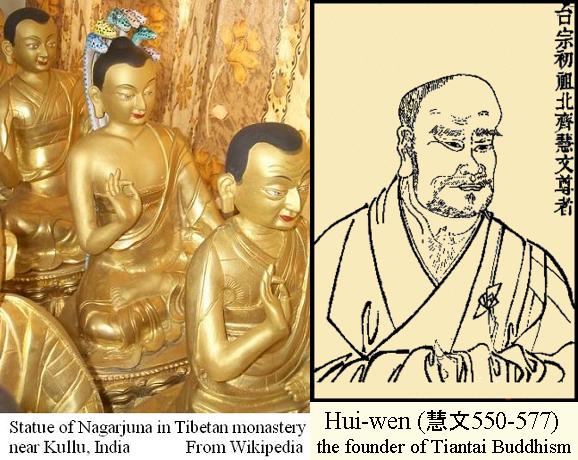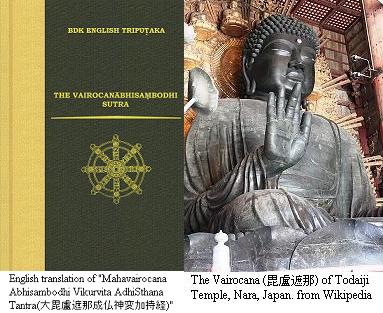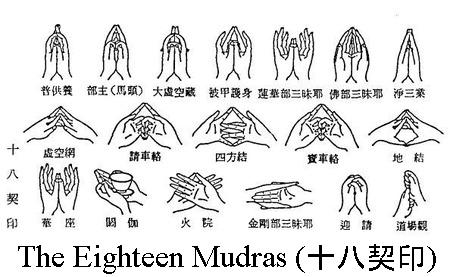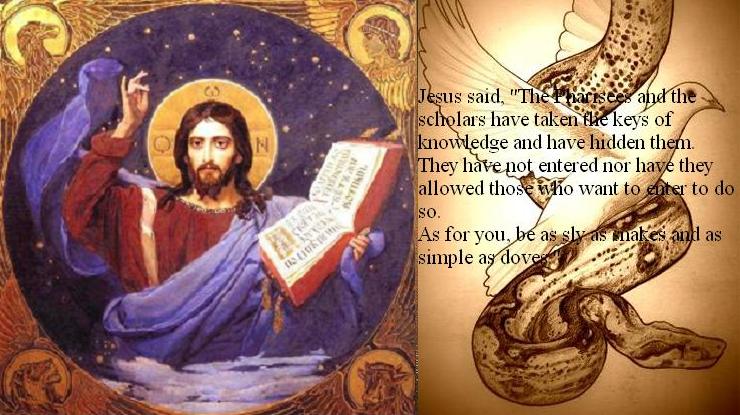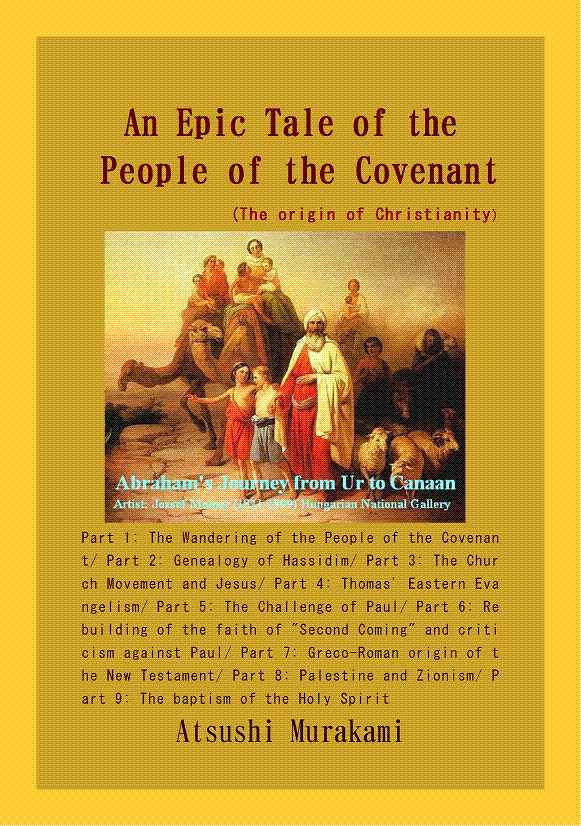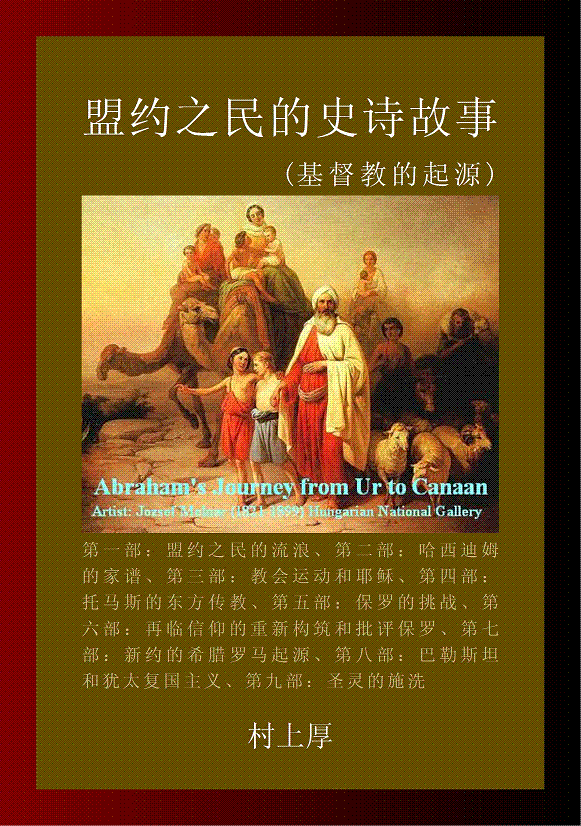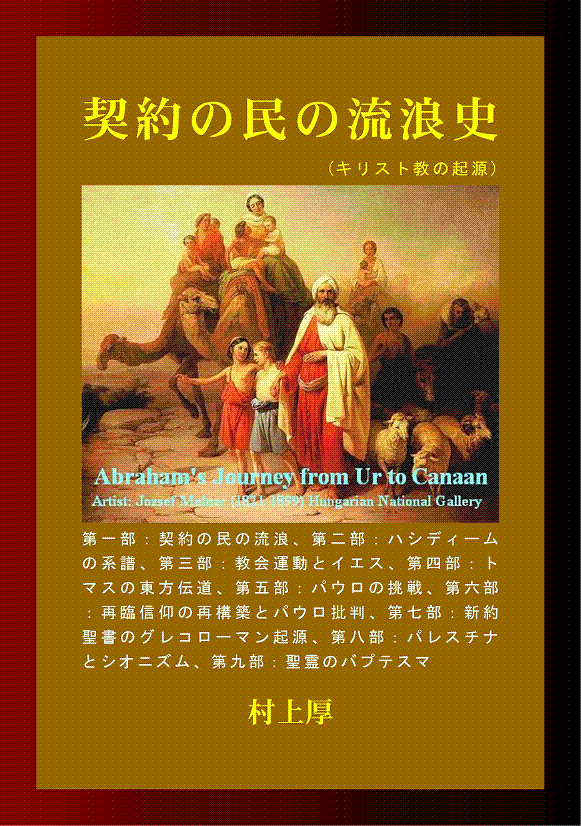Review:The baptism of the Holy Spirit (As sly as snakes and as innocent as doves)
Jesus said, "The Pharisees and the teachers of the law have taken the keys of knowledge and have hidden them. They have not entered nor have they allowed those who want to enter to do so. As for you, be as sly as snakes and as innocent as doves." (Thomas 39) −−−−−−−−−−−−−−
Jesus, in the three of the four Gospels of the New Testament, that is, 'the Gospel of Mark,' 'the Gospel of Matthew' and 'the Gospel of Luke,' visited the Temple of Jerusalem during the Passover feast only once at the end of his missionary work. However, he, in 'the Gospel of John,' visited the temple during the Passover feast three times. So it seems that Jesus' missionary work spanned at least three years.
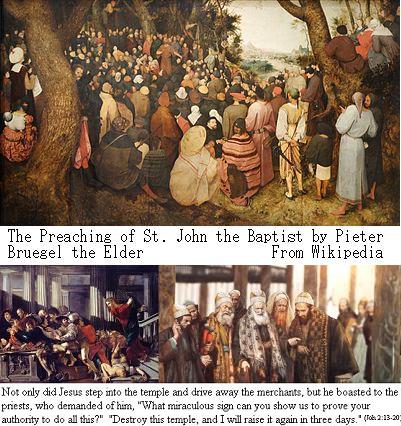
According to 《the Gospel of John》, Jesus made a debut to the religious society of Jerusalem with testimony of John the Baptist in Bethany (John 1:19-34) and in the next year he went up to Jerusalem and made a drastic measure, that is, made a whip out of cords, and drove all the merchants from the temple area. By the way, the Passover Feast is celebrated on the 14th or 15th day counting from the new moon of Ni-san (March–April on the Gregorian calendar). Ni-san is the first month of the Jewish calendar, it corresponds to January in the solar calendar. So even though it was the next year, it passed less than a month from his debut. Not only did Jesus step into the temple and drive away the merchants, but he boasted to the priests, who demanded of him, "What miraculous sign can you show us to prove your authority to do all this?" "Destroy this temple, and I will raise it again in three days." (John 2:13-20)
Spiritual rebirth = Restoration of 'the primitive integration'
There was a man of the Pharisees named Nicodemus. He came to Jesus at that night and said, "Rabbi, we know you are a teacher who has come from God. For no one could perform the miraculous signs you are doing if God were not with him."
In reply Jesus declared, "I tell you the truth, no one can see the kingdom of God unless he is born again."
"How can a man be born when he is old?" Nicodemus asked. "Surely he cannot enter a second time into his mother's womb to be born!"
Jesus answered, "I tell you the truth, no one can enter the kingdom of God unless he is born of water and the Spirit. Flesh gives birth to flesh, but the Spirit gives birth to spirit. You should not be surprised at my saying, 'You must be born again.' The wind blows wherever it pleases. You hear its sound, but you cannot tell where it comes from or where it is going. So it is with everyone born of the Spirit." (John 3:1-8)
It seems that Jesus revealed to Nicodemus that the
'primitive integration' is only restored through 'spiritual rebirth' or the so-called "ZaihuoXiancheng (再活现成: Resurrection)" of Zen Buddhism(禅宗).
The baptism of the Holy Spirit
Afterwards, he stayed in the Judean countryside with his disciples, and started the activity of baptizing with the Holy Spirit. But his disciples seem to have baptized the newcomers with water. (John 3:22)
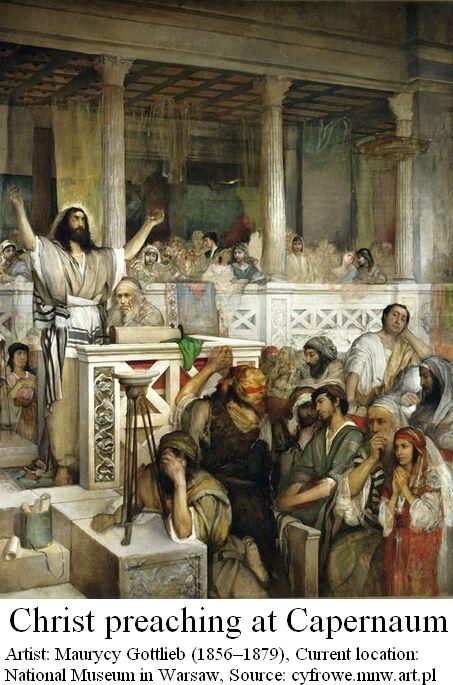
Jesus then revealed the essence of "The Baptism of the Holy Spirit" in the synagogue of Capernaum, a town on the north bank of the Sea of Galilee, as follows. "I tell you the truth, unless you eat the flesh of the Son of Man and drink his blood, you have no life in you. Whoever eats my flesh and drinks my blood has eternal life, and I will raise him up at the last day. For my flesh is real food and my blood is real drink. Whoever eats my flesh and drinks my blood remains in me, and I in him. Just as the living Father sent me and I live because of the Father, so the one who feeds on me will live because of me. This is the bread that came down from heaven. Your forefathers ate manna and died, but he who feeds on this bread will live forever." Many of his disciples who heard this said, "This is a hard teaching. Who can accept it?" and left Jesus and no longer followed him. (John 6:53-66)
Three-One mysterious substance
Except for Thomas, only Nathanael and Philip could understand the words of Jesus at that time, but John, James, both the Greater and the Less, and Peter probably could not understand. According to the Gospel of Thomas, recognition of the original self as
'the children of the light' or
'the children of Father' is the realization of the Kingdom of God and it is the essence of 'the baptism of the Holy Spirit.' It seems that Thomas established this quintessence as the doctrine of 'Three-One mysterious substance (三一妙身)' during his preaching tour of India and China after Jesus' death.
The doctrine of 'Three-One mysterious substance' not only had a seismic effect on the Mahayana Buddhism movement (大乗仏教運動) that had emerged in India at that time and became the catalyst for the rise of the philosophy of Tiantai-Huayen (天台・華厳哲学) and Zen Buddhism in China but also contributed to the birth of Islam.
○Huayen philosophy 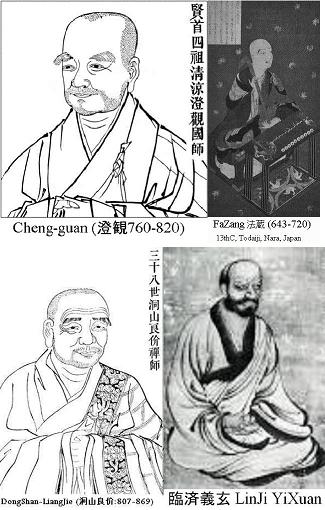
Chinese Hua-yan Buddhist Cheng-guan (澄観760-820) preached that 'Li (理reality or truth),' which is absolutely free from spatial and temporal limitations, is ever manifested in 'Shi (事appearance),' which is under spatial and temporal limitations. Another Hua-yan Buddhist Fa-zang (法蔵643-720) said, "Li does not exist without Shi, for what is pure is ever mixed, what is absolute reality is ever manifested in appearance. Shi comprises Li in its entirety, for what is mixed is ever pure. Li and Shi exist freely by themselves; yet there is no impediment between what is pure and what is mixed. As soon as one understands this, one's mind is simply and abruptly enlightened." However, in fact, few can really reach this level of intellection through such metaphysical approach. Therefore, the leading masters of Zen Buddhism, Dong-shan Liao-jie (洞山了价) and Lin-ji Yi-xuan (臨済義玄) developed their distinctive pedagogical methods or formulas, such as 'Wu Wei Pian Zheng (五位偏正: The Five Relations Between Particularity and Universality)' and 'Si Liao Jian (四料簡: Four Processes for the Liberation of Subjectivity and Objectivity)' respectively.
○Tiantai philosophy Indian Mahayana Buddhist Nagarjuna (150?-250?) described this theory in his book "The Treatise on the Middle Way" and stated: "Dharmas (phenomena) are born of causes and conditions. I say they are thus empty. They are also called the temporary name, and that is also the truth of the Middle Way." In this world, individual events and things perceived by men through their five senses are merely provisional names given to each process of changes. Thus they are called the temporary name. And they are not substantive, so, called emptiness. However, the truth only exists as universality within individual events and things and does not exist without individual appearances. Therefore, Nagarjuna called it the truth of the Middle Way.
During Wei, Jin, and Southern and Northern Dynasties period (魏晋南北朝時代220-589 CE) of China, Hui-wen (慧文550-577), the founder of Tiantai Buddhism (天台宗), who read this verse and at once perceived the triple truth (三諦), namely, the truth of emptiness (空), the truth of temporariness (仮) and the truth of mean (中), explained as follows. "These three - emptiness, temporariness and mean - penetrate one another and are found perfectly harmonized and united. One should not consider the three truths as separate but as the perfectly harmonious three fold truth."
Aziguan (阿字観)
The main scripture of esoteric Buddhism, 'Mahavairocana Tantra (大日経),' introduces a method of meditation called 'Aziguan (or Ajikan阿字観: rite of meditating upon the Sanskrit syllable 'Ah')' as a measure of realizing
'the intrinsic self-control of human beings.'According to it, all of the universe and human life are attributed to 'A (阿),' and 'A' is regarded as the root of all dharmas. Aziguan is none other than bodily understanding the substance of all things are 'non-occurrence' in nature. Aziguan is a religious meditation to visualize this principle.
The scripture also adds that "The content of the Aziguan can be divided into following three parts, 'Guansheng (観声),' 'Guanzi (観字)' and 'Guanshixiang (観実相).' These three parts are the methods of one mind satisfaction at the same time (一心同時具足之法). However, when beginning to learn the practice, it is often difficult to enter the mystery, so for convenience, it can be viewed separately." And it explains the key points of "Guansheng," "Guanzi" and "Guanshixiang" as follows.
(1) Guansheng (観声see sound): One makes Stipulation mudra (定印) with his hands and says "Ah (阿)" as his breath comes in and out, entrust his voice to his breath, and breathes steadily.
(2)Guanzi (観字see letter): One views a letter of the word '阿 (Ah).' One should be concentrated on it moment-to-moment and devote himself completely to the letter '阿' so that his delusion will retreat day by day.
(3)Guanshixiang (観実相see reality): One contemplates the letter of the word '阿,' the image lotus or moon to realize that everything in the universe is not born from the beginning but exists as it is.
By the way, this scripture, whose full name is "the Mahavairocana Abhisambodhi Vikurvita AdhiSthana Tantra," was translated into Chinese by Subhakarasimha (善無畏) from India and Buddhist monks of Tang Dynasty in 724 and also translated into Tibetan by Silendrabodhi and ka-ba-dpal-brtsegs in 812 but the original Sanskrit text has not been discovered. Thus, it seems to have been established in the middle of the 7th century. It is said that the founder of Japanese Shingon sect (日本真言宗), Kobo Daishi Kukai (弘法大師空海) brought it to Japan. Examples of meditation methods for training in the Shingon sect include 'Susokan (数息観),' 'Asokan (阿息観),' and 'Gachirinkan (月輪観).'
The reason why 'Ah' was regarded as the root of all dharmas is probably due to the prosperity of Jingjiao (景教Keikyo: Luminous Religion) that praised Allah (阿羅訶歟) as the eternal true lord of 'Three-One mysterious substance (三一妙身).'
When the practitioners of the Shingon sect envision the content of enlightenment, make various symbolic signs with the fingers of their hands as manifestations. These signs are called mudra (印相). If one raises his right hand to the level of his chest with the palm facing forward, that is the form of Semui-in (施無畏印) and represents bestowing fearlessness. If one sits with crossed his legs and places the palms of both his hands on top of each other in front of his belly, this gesture is specifically called Hokkaijo-in (法界定印the Dharma-realm meditation mudra), which is famous for being taken on the occasion of Zen meditation. In the case of Hokkaijo-in of the esoteric Buddhism, some time one makes a ring with his thumb and forefinger (or middle finger or ring finger). Therefore, the portraits of Jesus in a pose in which a ring is made with the ring finger and the thumb of his right hand, and the remaining three fingers are raised, known as the representative icon of the Eastern Church, seem to integrate 'Semui-in' which encourages the opponent to "don't be afraid" and 'Hokkaijo-in' which is a gesture of meditation.
As sly as snakes and as innocent as doves
Jesus said, "The Pharisees and the teachers of the law have taken the keys of knowledge and have hidden them. They have not entered nor have they allowed those who want to enter to do so. As for you, be as sly as snakes and as innocent as doves." (Thomas 39)
According to Mr. Sasagu Arai, author of the Japanese version of 《The Gospel of Thomas》, the phrase 'keys of knowledge' in the verse thirty nine of 《the Gospel of Thomas》 is almost same with parallel words in Chapter 11 verse 52 of 《the Gospel of Luke》. However, in 《the Gospel of Thomas》, 'knowledge' is singular and 'key' is plural. In 《the Gospel of Luke》, 'knowledge' is plural, and 'key' is singular. In 《the Gospel of Luke》, the knowledges to reach heaven are various, but there is only one key through those knowledges to heaven.
On the other hand, in the parallel article of Chapter 23 verse 13 of 《the Gospel of Matthew》, the part corresponding to 'the key of knowledge' is 'the kingdom of heaven.' The expression 'as sly as snakes and as innocent as doves' is almost the same as the latter half of Chapter 10 verse 16 of 《the Gospel of Matthew》 as below. "I am sending you out like sheep among wolves. Therefore be as shrewd as snakes and as innocent as doves." However, in 《the Gospel of Thomas》, this word is used in a completely different context. To Thomas, 'knowledge (Gnosis)' is the recognition of "the original self" even from the description in the verses 3 and 67 of the Gospel of Thomas. In other words, 'knowledge' is 'the kingdom of heaven' itself, and there is only one, but there are various 'keys' to reach it. Therefore, "you must find it (the key) as slyly as a snake, and return to 'the original self' obediently like a dove, in other words, to restore 'the primitive integration.'
<To be continued>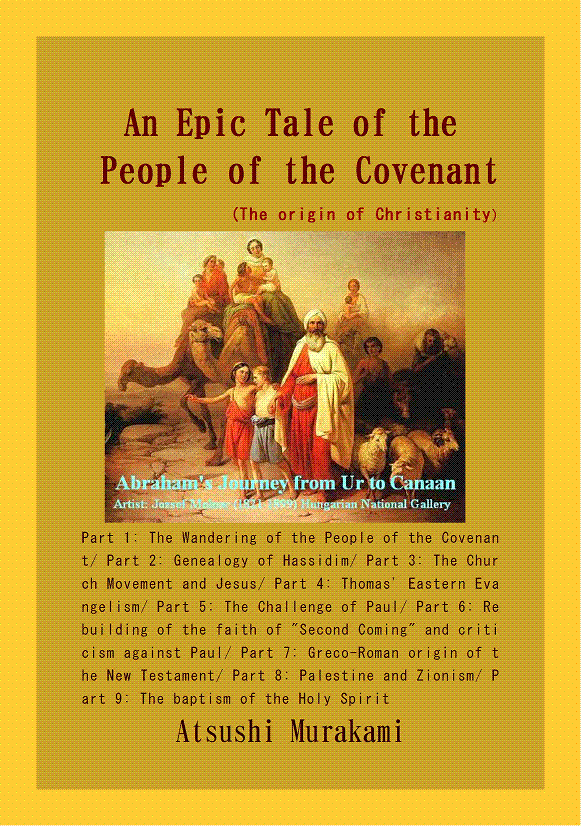
What is "Baptism with The Holy Spirit"?
According to the dialectic of the Gospel of John,
【Thesis】"A man can possess eternal life through accepting testimony of the Son of man and being baptized by him." (John 5:24)
【Anti-thesis】But "The one who comes from the earth cannot accept the testimony by one from heaven." (John 3:32)
How then can a man possess eternal life?
【Synthesis】"If you want to be baptized with the Holy Spirit, you can just go back to the word which was with God in the beginning (John 1:1) and certify that God is truthful. (John 3:33)"
When he said, "You are Huichao," Zen Master Fayan thrusted vivid Self in Huichao in front of his eyes.
Purchase here One world:AD-SEAnews
Your Comments / Unsubscribe
SEAnews Messenger
SEAnewsFacebook
SEAnews eBookstore
SEAnews world circulation
